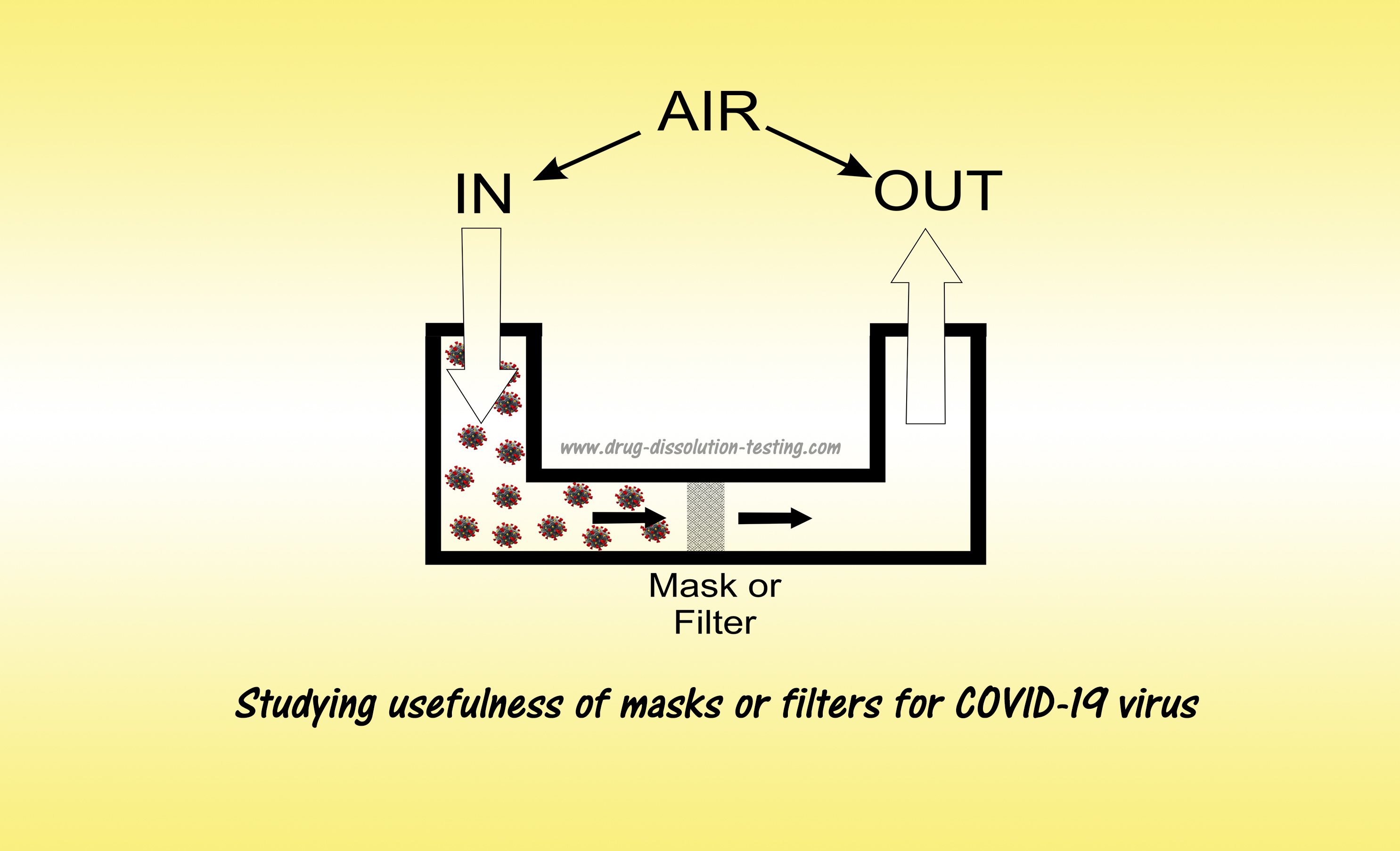
During the current pandemic crisis, the use of face masks has been promoted as a protective gear to halt or reduce the virus’s transfer (coronavirus such as SARS-CoV-2) from individuals to individuals. The public has strong trust in experts and their organizations, particularly government ones, hence assumes that the experts’ and authorities’ suggestions and claims would have merit and scientific basis.
Unfortunately, this is not reality. Furthermore, authorities claim and promote that they rely on science and factual data in providing their recommendations, which is also not correct either at least scientifically.
The usefulness of wearing face masks can be established with a straightforward laboratory experiment. For example, one can build and use a two-chamber container separated by a mask holder (shown in the picture), providing airflow with virus from one side to the other. By sampling both sides of the chamber and measuring the amounts of virus, one can quickly determine the virus holding capability of the mask or any other filtering media. However, no such experiment has neither been reported nor planned to be conducted.
The reason being, such an experiment requires some quantity of actual virus and a test method to quantify the virus. Note that there would not be any human subjects requirement, i.e., no human toxicity or safety concerns. This would be a simple high school or undergraduate level laboratory testing which could be done within days. However, this is where the problem is!
Experts do not tell the public that both of these, i.e., actual virus and a valid test to monitor the virus, are NOT available, which will collapse the whole virus and pandemic issue. The public will know or question that if there is no actual virus and/or its valid test available, then what are the basis of claiming the virus’s existence and/or its associated disease (COVID-19). There will not be any answers!
Similar simple experiments can also be devised to establish sanitizers use, hand washing, and social distancing. However, none of these experiments can be conducted either because they require a valid test and/or a reference virus sample.
In short, scientists and experts should not promote the usefulness of wearing masks and other related trivial precautionary practices lacking scientific evidence/support, which creates unwarranted fearfulness in public and a false sense of safety. On the other hand, indeed, scientists and experts may start losing their professional credibility.
